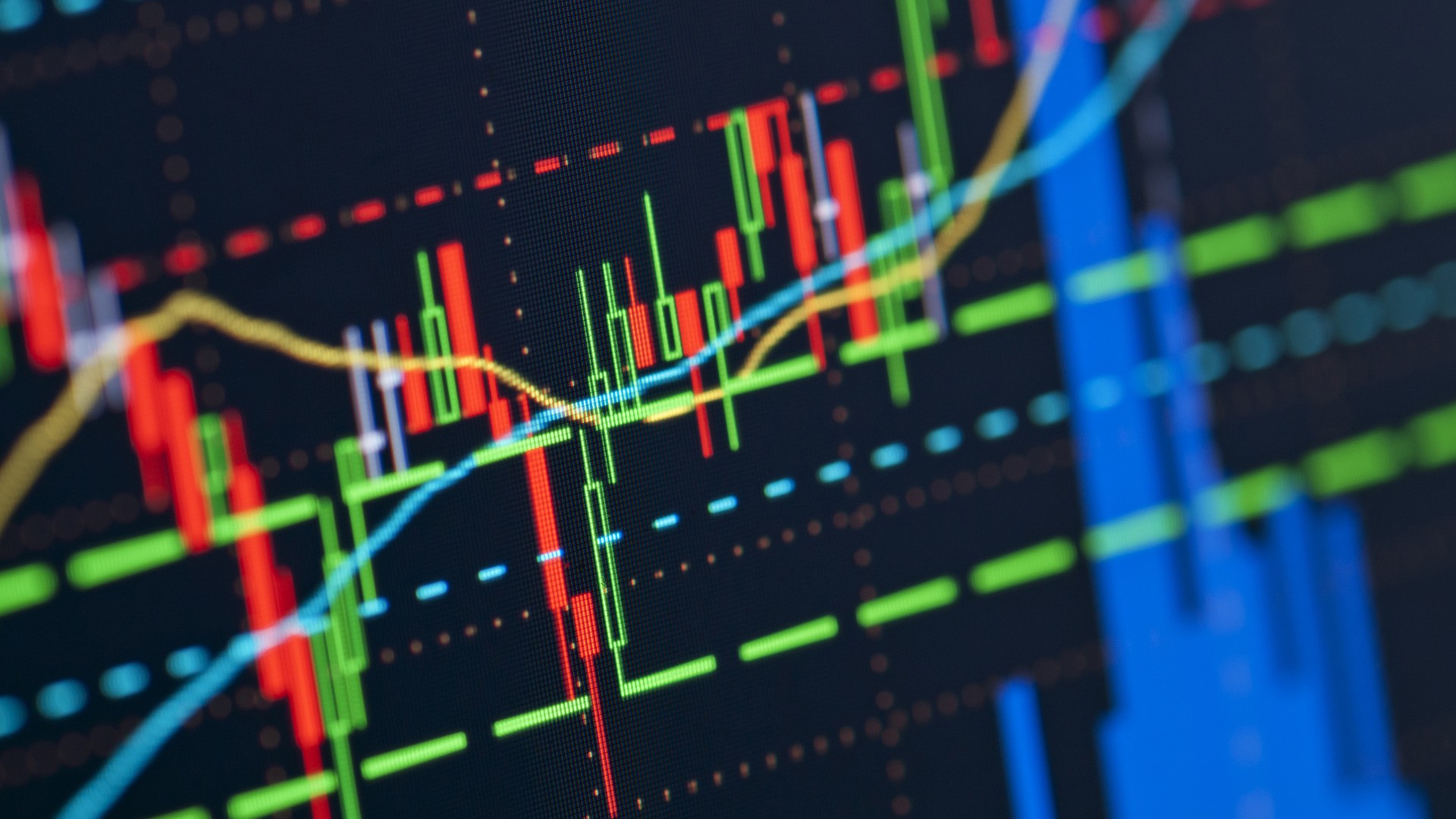
The foreign exchange market, widely known as forex, is the largest financial market in the world. With a daily trading volume exceeding $7.5 trillion, it eclipses other financial markets like stocks or commodities. Whether you are a seasoned investor or a curious beginner, understanding the fundamentals of Forex trading is essential for those looking to explore this dynamic and fast-paced market.
What is Forex Trading?
Forex trading involves the exchange of one currency for another in what is essentially a global marketplace. Currencies are traded in pairs, such as EUR/USD (Euro/US Dollar) or GBP/JPY (British Pound/Japanese Yen). These currency pairs represent the relative value of one currency to another. When engaging in forex trading, traders speculate on whether one currency will increase or decrease in value compared to the other.
Unlike traditional stock markets, forex does not have a centralized exchange. Instead, trading occurs electronically over the counter (OTC) through a network of banks, dealers, and brokers. This means the forex market is open 24 hours a day, five days a week, providing continuous trading opportunities.
How Does Forex Trading Work?
Currency Pairs
Forex trading simplifies into buying and selling currency pairs. Each pair consists of a base currency (the first currency in the pair) and a quote currency (the second currency in the pair). For example, in the EUR/USD pair, the Euro is the base currency, and the US dollar is the quote currency.
The price of the pair indicates how much of the quote currency is needed to buy one unit of the base currency. If the EUR/USD is quoted at 1.2000, it means 1 euro is equivalent to 1.2 US dollars.
Leverage and Margin
One of the unique aspects of forex trading is the use of leverage, which allows traders to borrow money to control larger positions. While leverage can magnify potential gains, it also increases the risk of significant losses, making it important for traders to exercise caution.
Margin, on the other hand, is the amount of money a trader must deposit to open a leveraged position. For example, a broker may offer leverage of 100:1, meaning you can control a position worth $100,000 with just $1,000 in margin.
Price Movements
Forex prices are influenced by various factors, including geopolitical events, economic indicators, and market sentiment. Traders use technical analysis and fundamental analysis to identify trends and make informed decisions.
Understanding the basics of forex trading is an essential first step for anyone interested in this market. With its high liquidity and accessibility, forex trading offers exciting opportunities, but it also requires a solid foundation to manage its risks effectively.
+++++++++++++++++++++